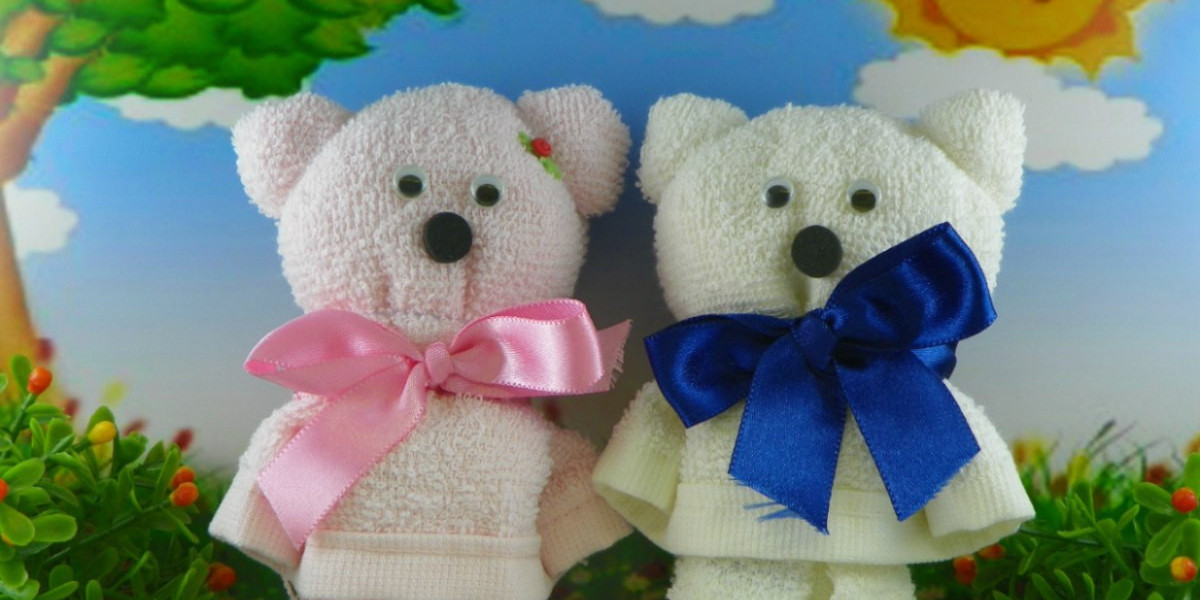Human-made clothing, in its broadest sense, refers to garments created through the craftsmanship, creativity, and ingenuity of individuals and communities. From handmade artisan garments to meticulously designed high-fashion pieces, human-made clothing embodies a unique blend of artistry, tradition, and personalization that distinguishes it from mass-produced items. This article explores the key elements that make human-made clothing unique, highlighting the importance of craftsmanship, sustainability, cultural heritage, individuality, and ethical production.
1. Craftsmanship and Artisanal Skill
One of the most distinguishing features of human-made clothing is the level of craftsmanship involved in its creation. Unlike mass-produced garments churned out by machines, human-made clothing often involves a more intimate, hands-on approach, where skilled artisans meticulously design, cut, sew, and finish each piece.
Craftsmanship involves:
- Handmade Techniques: Techniques such as hand stitching, embroidery, weaving, and dyeing add a personal touch and unique details to each garment, ensuring that no two pieces are exactly alike. Traditional crafts passed down through generations, such as batik, block printing, and loom weaving, offer distinct regional styles that machines cannot replicate.
- Quality and Durability: Human-made clothing tends to focus on durability and quality. Garments crafted by skilled tailors and artisans are often made with superior materials and construction techniques, ensuring they last longer than their mass-produced counterparts. The care and precision involved in human made pieces result in items that can withstand the test of time.
Example:
- Couture fashion houses such as Chanel, Dior, and Balmain rely heavily on the skills of their artisans, whose ability to handcraft garments makes each piece a work of art, from intricate beadwork to perfect tailoring.
2. Sustainability and Slow Fashion
Human-made clothing plays a pivotal role in the growing slow fashion movement, which emphasizes sustainability, ethical production, and environmental consciousness. As consumers become more aware of the negative impacts of fast fashion—such as pollution, textile waste, and exploitation—human-made clothing offers an alternative focused on mindful consumption.
Sustainability is enhanced by:
- Longevity: Human-made clothing is often designed to last, reducing the need for frequent replacements. This contributes to a lower environmental impact by minimizing waste and reducing the demand for raw materials.
- Eco-friendly Materials: Many human-made garments are created using sustainable, natural, or recycled materials. Artisans may source organic cotton, hemp, or locally grown fibers, which have a smaller ecological footprint compared to synthetic fabrics.
- Limited Production: Since human-made clothing is often produced in smaller batches or made-to-order, there is less waste compared to mass-produced clothing, where excess stock often ends up in landfills.
Example:
- Brands like Patagonia, which focus on durable outdoor wear, and small artisans in eco-fashion, such as those in indigenous communities, create long-lasting, environmentally responsible garments.
3. Cultural Heritage and Storytelling
Human-made clothing is often a reflection of cultural heritage and tradition, telling stories about the people, places, and customs that inspired its creation. Unlike mass-produced clothing, which often lacks a distinct cultural identity, human-made garments frequently incorporate traditional craftsmanship, symbols, and techniques that are deeply rooted in specific cultures.
Cultural heritage in human-made clothing includes:
- Symbolism and Tradition: Many garments have cultural or symbolic significance, such as the intricate patterns of a Mexican huipil, the bold colors of a Maasai shuka, or the elaborate embroidery of a Chinese qipao. These designs are more than aesthetic choices—they carry historical meaning and represent the cultural identity of the wearer.
- Reviving and Preserving Craftsmanship: Human-made clothing often involves the preservation of ancient textile techniques, which could be lost without continued practice. Designers who collaborate with indigenous or traditional artisans help to keep these cultural practices alive and provide a platform for their global appreciation.
Example:
- India’s fashion industry features a wealth of handcrafted textiles, such as the block-printed fabrics from Rajasthan or the handwoven silk saris of Varanasi, each representing centuries of cultural heritage and craftsmanship.
4. Individuality and Personalization
One of the key attributes that sets human-made clothing apart is its emphasis on individuality and personalization. Mass-produced garments are often created with uniformity in mind, catering to broad markets. In contrast, human-made clothing allows for the expression of personal style and unique preferences, making each piece one-of-a-kind.
Individuality in human-made clothing is characterized by:
- Custom Tailoring: Tailors can create made-to-measure garments that are designed to fit the specific measurements and preferences of the wearer. This level of customization ensures that the garment not only fits perfectly but also reflects the wearer’s personal aesthetic.
- Bespoke and Limited Editions: Human-made clothing often includes bespoke items and limited-edition collections that are not mass-produced, offering a sense of exclusivity. Designers may experiment with artistic concepts, bold designs, and experimental cuts that stand out in a sea of mass-produced conformity.
- Artistic Expression: Designers and artisans use human-made clothing as a medium for artistic expression, offering pieces that break away from the standardized trends of fast fashion. These garments can be bold, unconventional, and deeply personal, often incorporating artistic elements such as hand-painting, intricate patterns, and experimental textures.
Example:
- Bespoke suits, like those crafted by Savile Row tailors in London, epitomize the art of personalization. Each suit is hand-stitched, with every detail chosen by the customer, from the fabric and cut to the lining and buttons.
5. Ethical Production and Fair Trade
Human-made clothing is often associated with ethical production practices, especially in contrast to the fast fashion industry, which has been criticized for exploitative labor conditions. Many human-made garments come from businesses that prioritize the well-being of workers and adhere to fair trade principles.
Ethical production is promoted through:
- Fair Wages and Safe Working Conditions: Artisans and tailors working on human-made clothing are often paid fair wages and operate in safe, healthy environments. Brands that emphasize ethical production ensure transparency in their supply chains and treat their workers with respect and dignity.
- Empowerment of Artisans: By purchasing human-made clothing, consumers can directly support artisans, often from marginalized communities. This empowerment can contribute to economic growth in areas where traditional crafts are practiced, offering artisans a sustainable livelihood.
Example:
- Fair trade organizations like People Tree focus on producing fashion in a way that empowers artisans and guarantees fair wages and ethical working conditions, ensuring that each garment is made with respect for both people and the planet.
Conclusion
Human-made clothing is unique because it embodies a deep connection between creativity, culture, and ethics. Whether through intricate craftsmanship, sustainable practices, cultural storytelling, personal expression, or ethical production, each garment tells a story that transcends its material form. In a world dominated by mass production and fast fashion, human-made clothing serves as a reminder of the value of individuality, artistry, and responsibility, offering consumers an opportunity to wear not just clothing, but a meaningful, human-centered experience.








